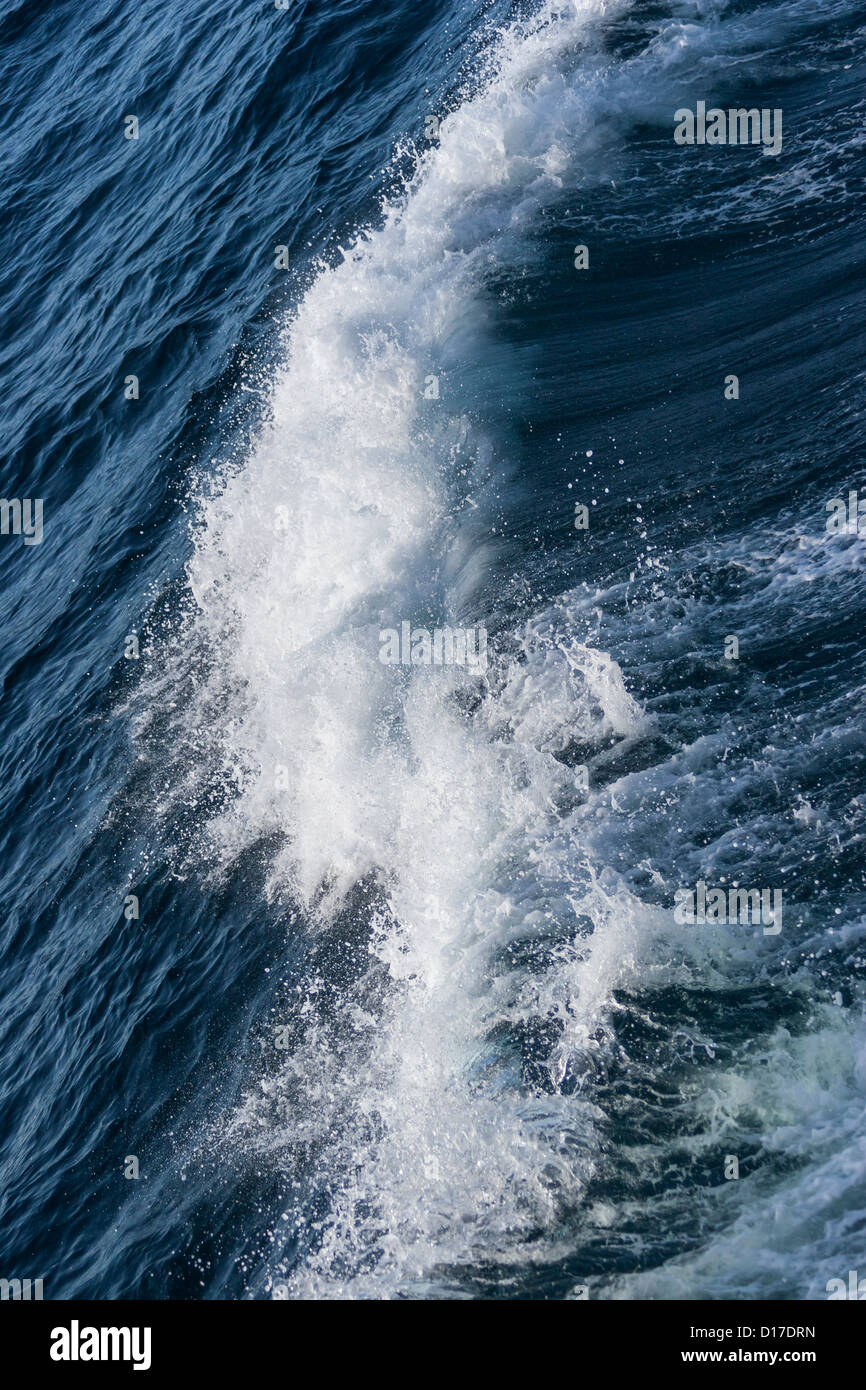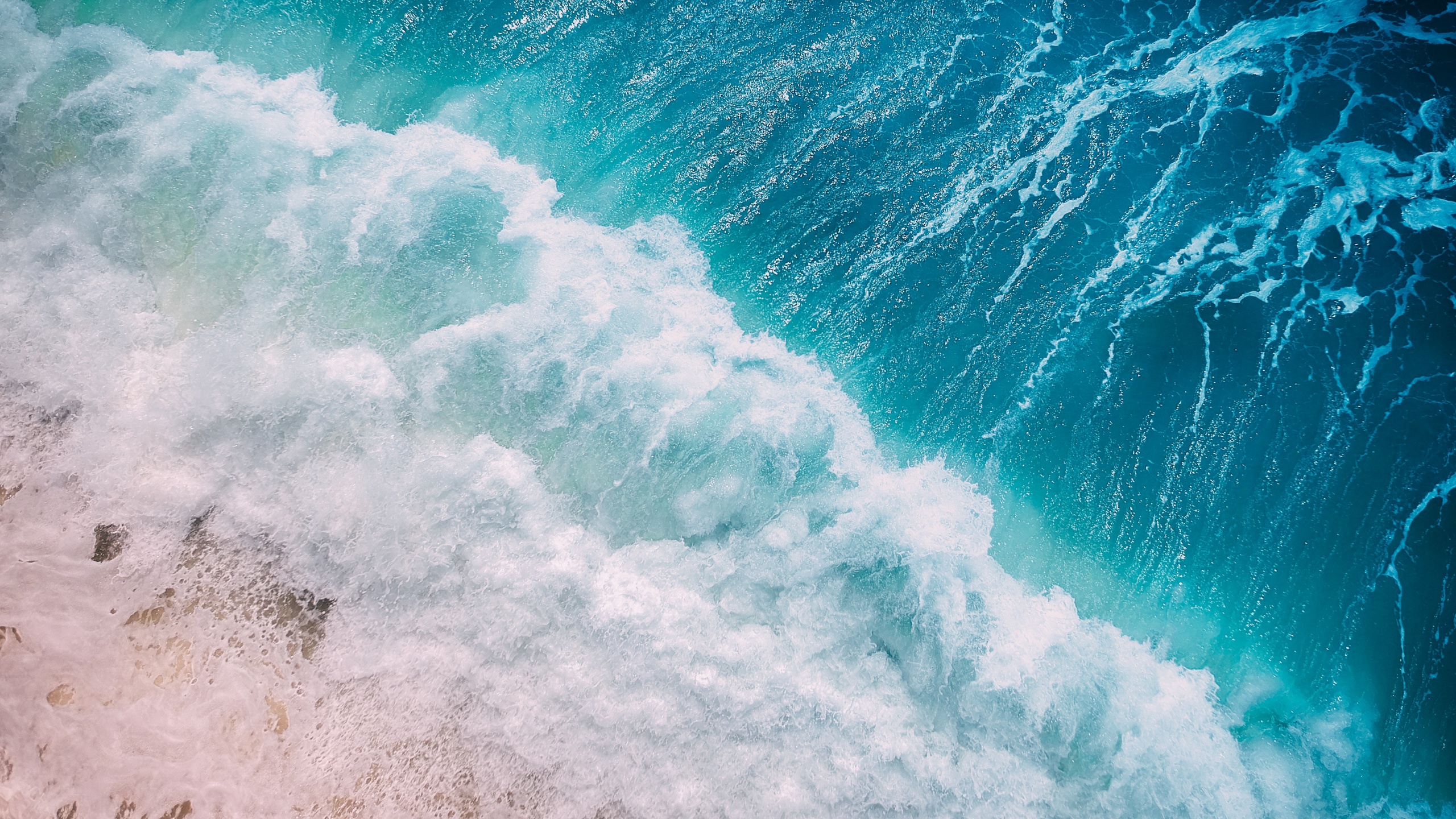

DEEP OCEAN WAVES PROFESSIONAL
And not just that puny Hawaiian surf that is often tossing professional surfers. But as a physical oceanographer, when I look at the ocean I think about completely different phenomena.

When asked what lies beneath the surface of the ocean, most people think of the various numbers of terrifying sea beasties that lurk there. You can find her on Twitter Make sure to comment below and welcome her to DSN. Kim is a physical oceanographer working at the University of Alaska, Fairbanks and as the post reveals below is interested in deep-ocean waves. In 1960, great tsunami waves generated in Chile reached Japan, more than 16,800 km away in less than 24 hours, killing hundreds of people.I am very excited to introduce Kim Martini as guest blogger here at DSN. At such high speeds, a tsunami generated in Aleutian Islands may reach Hawaii in less than four and a half hours. Since the average depth of the Pacific ocean is 4000 m (14,000 feet), tsunami wave speed will average about 200 m/s or over 700 km/h (500 mph). The deeper the water, the greater the speed of tsunami waves will be.įor example, at the deepest ocean depths the tsunami wave speed will be as much as 800 km/h, about the same as that of a jet aircraft. Tsunami waves in the deep ocean can travel at high speeds for long periods of time for distances of thousands of kilometers and lose very little energy in the process. In the deep ocean, the height of the tsunami from trough to crest may be only a few centimeters to a meter or more - again depending on the generating source. On the open ocean, the wavelength of a tsunami may be as much as two hundred kilometers, many times greater than the ocean depth, which is on the order of a few kilometers. As the waves approach the coast, their wavelength decreases and wave height increases. The wave crests of a tsunami can range from a few to a hundred kilometers or more apart as they travel across the ocean.

The period of the tsunami waves may range from 5 to 90 minutes. If the tsunami is caused by a local landslide, both its initial wavelength and period will be shorter. If the tsunami is generated from a large earthquake over a large area, its initial wavelength and period will be greater.

The wavelength of the tsunami waves and their period will depend on the generating mechanism and the dimensions of the source event. The waves will travel outward on the surface of the ocean in all directions away from the source area, much like the ripples caused by throwing a rock into a pond.
DEEP OCEAN WAVES SERIES
A tsunami is made up of a series of very long waves. Once a tsunami has been generated, its energy is distributed throughout the water column, regardless of the ocean's depth. How does tsunami energy travel across the ocean and how far can tsunamis waves reach?


 0 kommentar(er)
0 kommentar(er)
